Croatian wine and viticulture
Did you know that almost 85% of Croatians drink wine? Perhaps it comes as no surprise considering viticulture has been present in the region for almost 4,000 years.
Today, the tradition of winemaking is still going strong. Croatia has over 300 wine producing regions, clustered into 4 main geographical areas – the Croatian Uplands, Slavonia/Croatia Danube, Istria/Kvarner and Dalmatia. The differing climates and terrains between the 4 regions produce more than 130 indigenous grape varietals and distinct styles of wine.
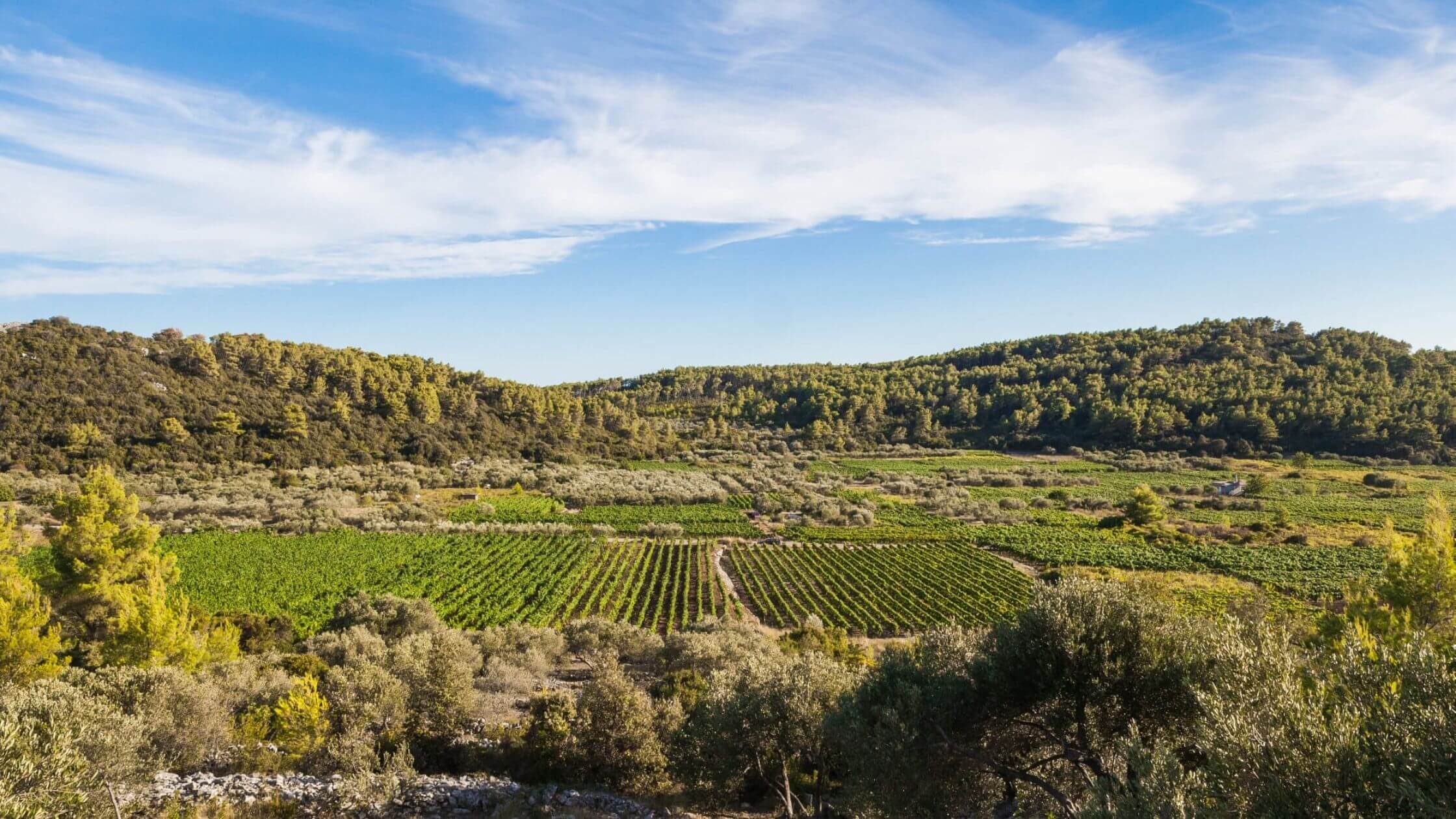
The vineyards of Korčula. (Image: Visit Korčula/Facebook screenshot)
Although the majority of wines produced are either white (67%) or red (32%), the wide variety of local grapes means that you’ll be able to find anything from bottles of dry, fruity white wines to luscious full-body reds that are a delightful addition to any meal.
To know more about different wines and wine regions around Croatia, be sure to read our series on Croatian wine regions.
Wine production in the Dalmatian region
As far back as the beginning of the 3rd century, works of Greek writer Athenaeus contained verses describing the high-quality wines produced on the Dalmatian islands of Vis, Hvar and Korčula.
The coastline is ideal for grape cultivation due to its hot summers (21–27 °C) and mild winters (6–11 °C) that do not typically fall below freezing. Dalmatia is also ranked as one of the sunniest places in Europe, receiving an average of 2,700 hours of sun per year.
These conditions make it ideal for grape production, resulting in the number of indigenous grape varieties in Dalmatia far exceeding that of the other 3 regions combined!
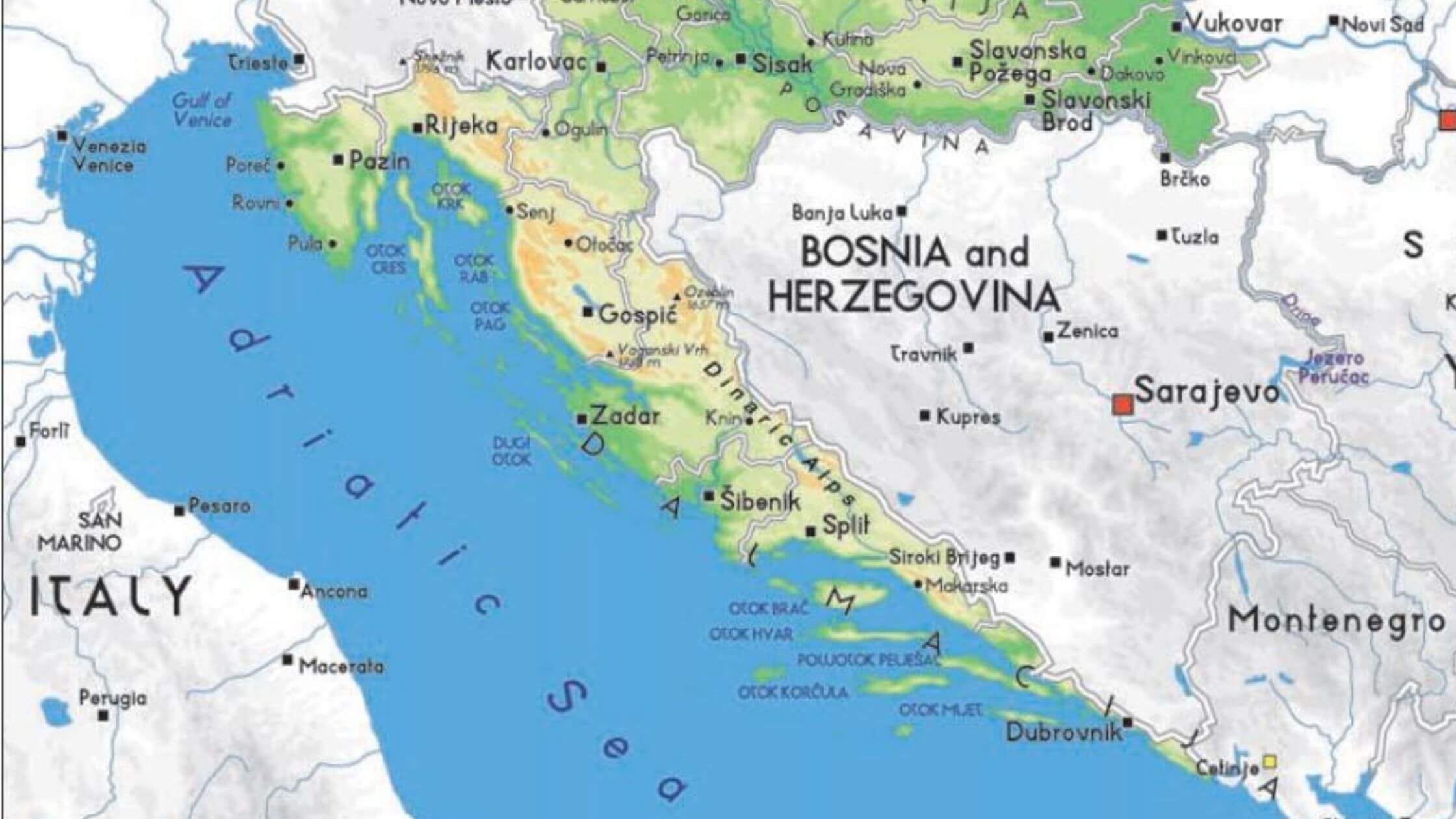
Dalmatia is only one of the 4 wine-producing regions of Croatia. (Image: Geography.name/Screenshot)
18 centuries later, the Dalmatian region continues to produce some of the most well-known, top-quality Croatian wine. As a testament to their growing global recognition, a Pošip from Komarna and Babić from Šibenik, were served to attendees of the 2022 Oscars in Hollywood.
Wondering what characterizes Pošip and Babić wines? Let’s delve into some of the more recognized white and red Dalmatian wines.
White wines of Dalmatia
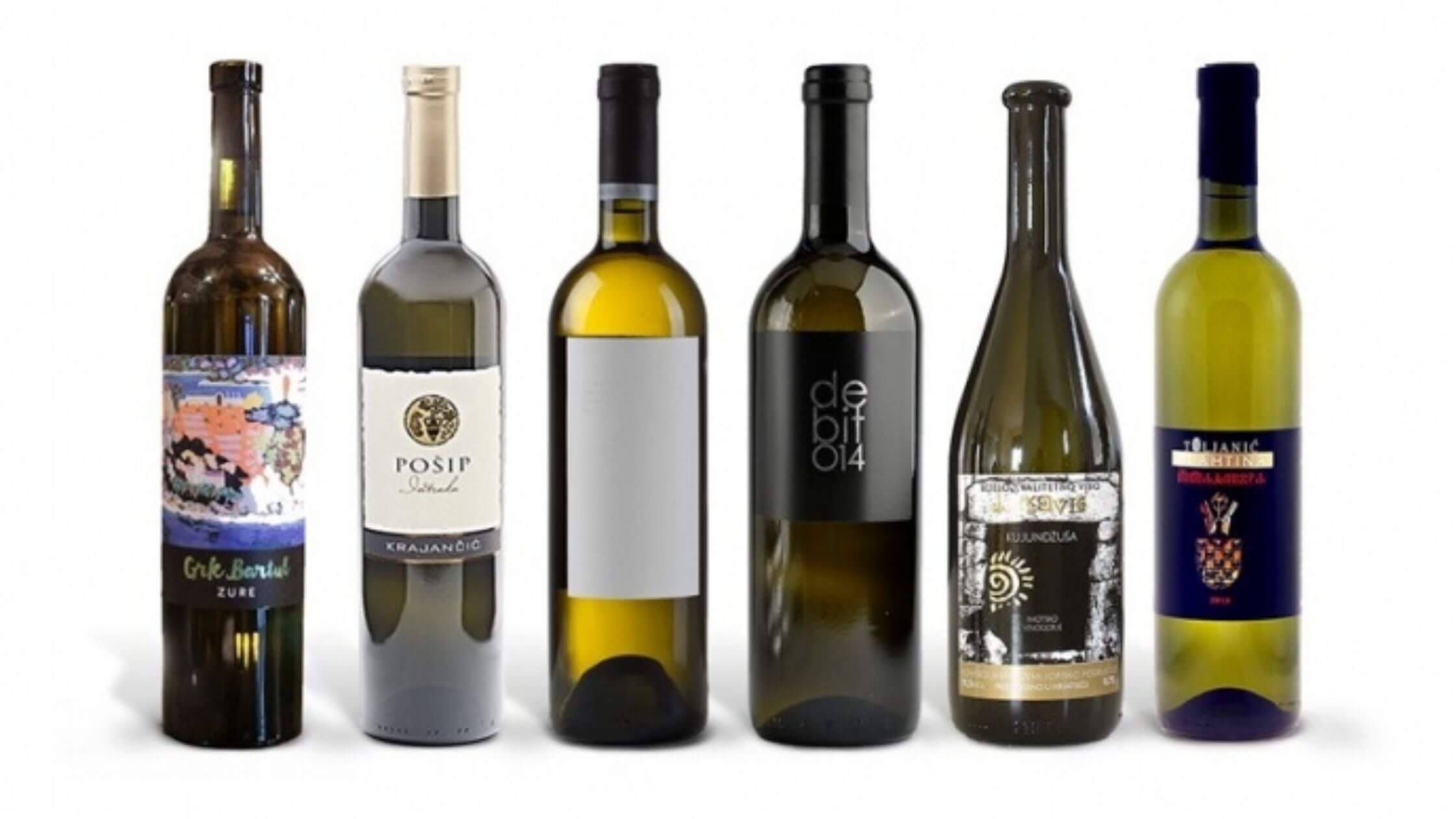
Croatian white wines are extremely refreshing to sip on during warm summer evenings. (Image: Total Croatia Wines/Screenshot)
Pošip – Pošip, with its greenish to deep honey gold hues and floral aroma, is a white-wine grape variety that was almost exclusively grown on the island Korčula and is indigenous to the village of Smokvica.
Pošip became the first white wine variety in Croatia with a protected geographical origin in 1967. In the last 20 years, Pošip cultivation has spread from Korčula to neighboring islands such as Hvar and Brač, as well as along the coast of Pelješac.
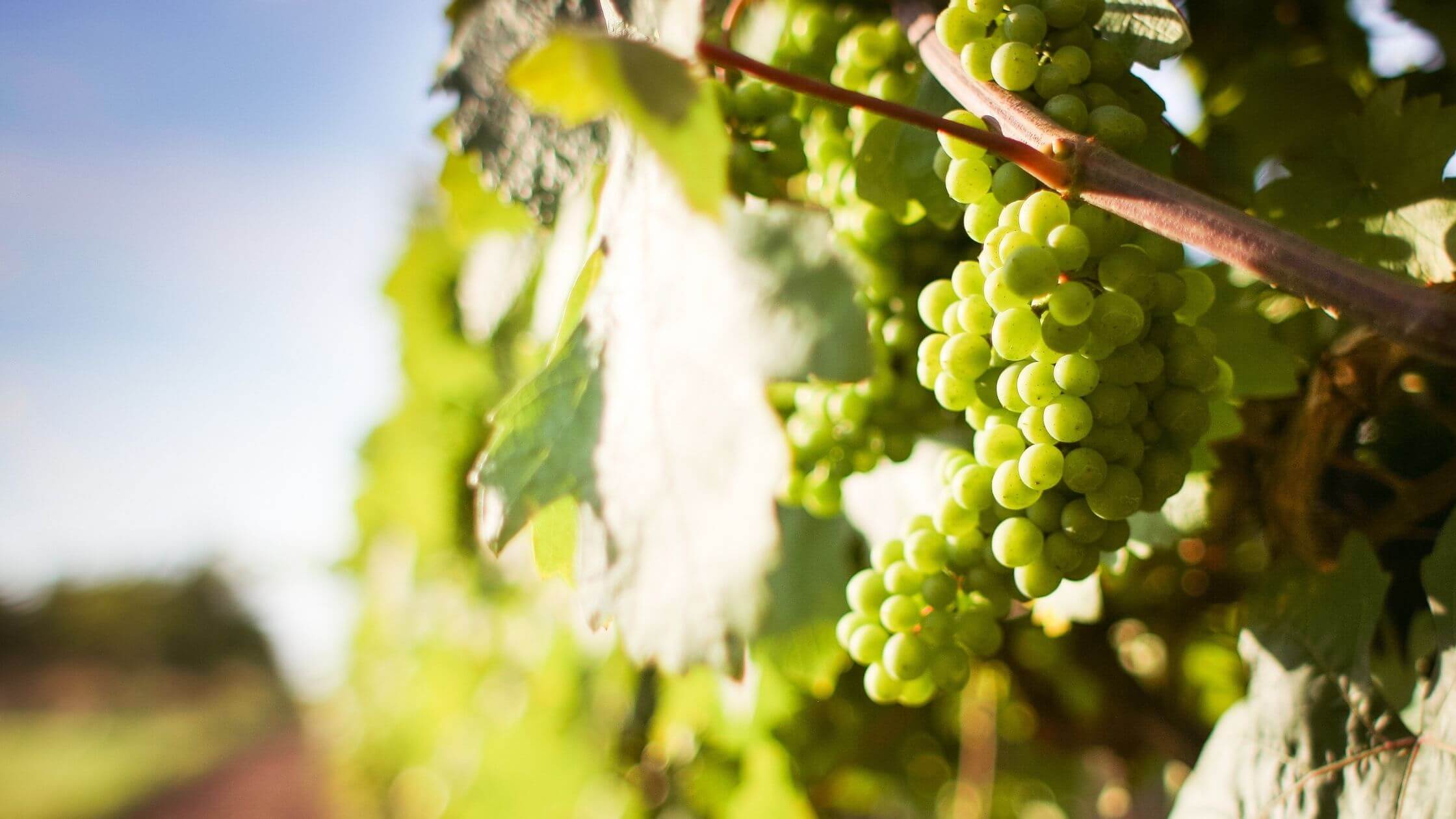
White-wine grapes growing on vines that are usually ready for harvest in the Fall. (Image: Pexels)
Pošip grapes are usually harvested in the first week of September, producing wines with a crisp fruity aroma, containing notes of apples, vanilla, citrus, and almonds. Overall, a balanced and elegant wine that pairs well with fish and shellfish, or for slow sipping on warm summer nights.
Grk – Grk is a golden-green, white-wine grape, indigenous to the sandy soils of Lumbarda on Korčula for over 2,000 years. While most wines are self-pollinators, Grk only produces female flowers and requires a male vine (often Plavac Mali) be planted nearby to enable pollination.
As a result, quantities of Grk produced are often quite small (1000 bottles or less per harvest), making this wine a rarity. The local lore is that wine producers used to only keep bottles of Grk for personal consumption, and to share with close family and friends.
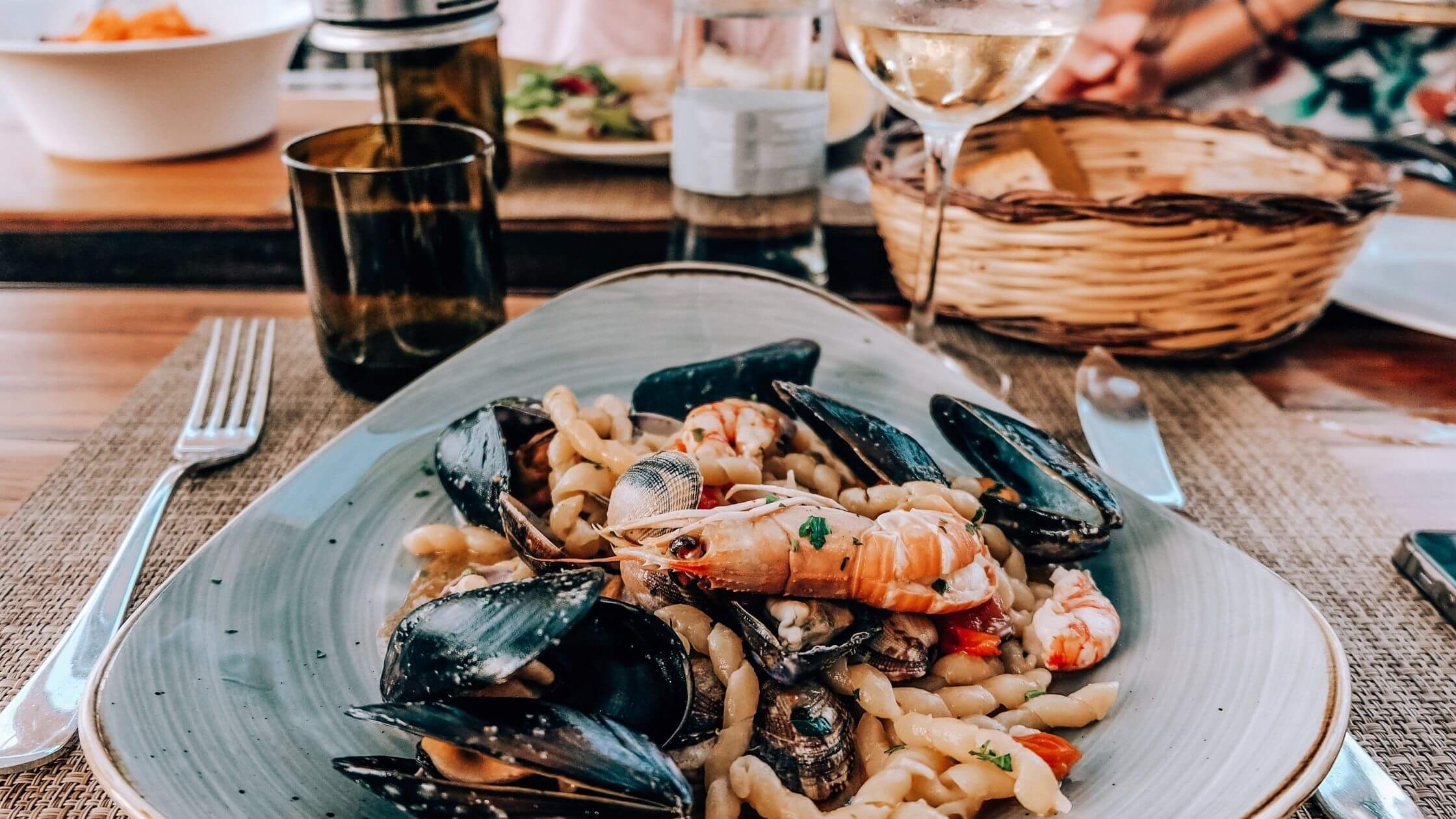
Pair a glass of Croatian wine with fresh seafood. (Image: Pexels)
If you manage to get your hands on a bottle, you’ll find that Grk is a dry white wine that can be adorned with notes of honey, pepper, pear, melon, herbs, and nuts. It pairs well with fish, seafood, chicken, and cold appetizers, but can also be served as an aperitif.
Debit – Another relatively obscure white wine of Dalmatia is Debit, produced from grapes of the same name. Debit is a straw yellow/gold, late-ripening grape variety grown along the northern and Croatian coast. Debit is indigenous to Croatia, but has some tenuous links to varieties in Italy and Turkey.
Why the name “Debit” though? Again, local folklore suggests that the wine’s name is said to date back to the Napoleonic Wars, where Croatian peasants lacked sufficient funds but ensured their safety by paying off French troops in local wine.
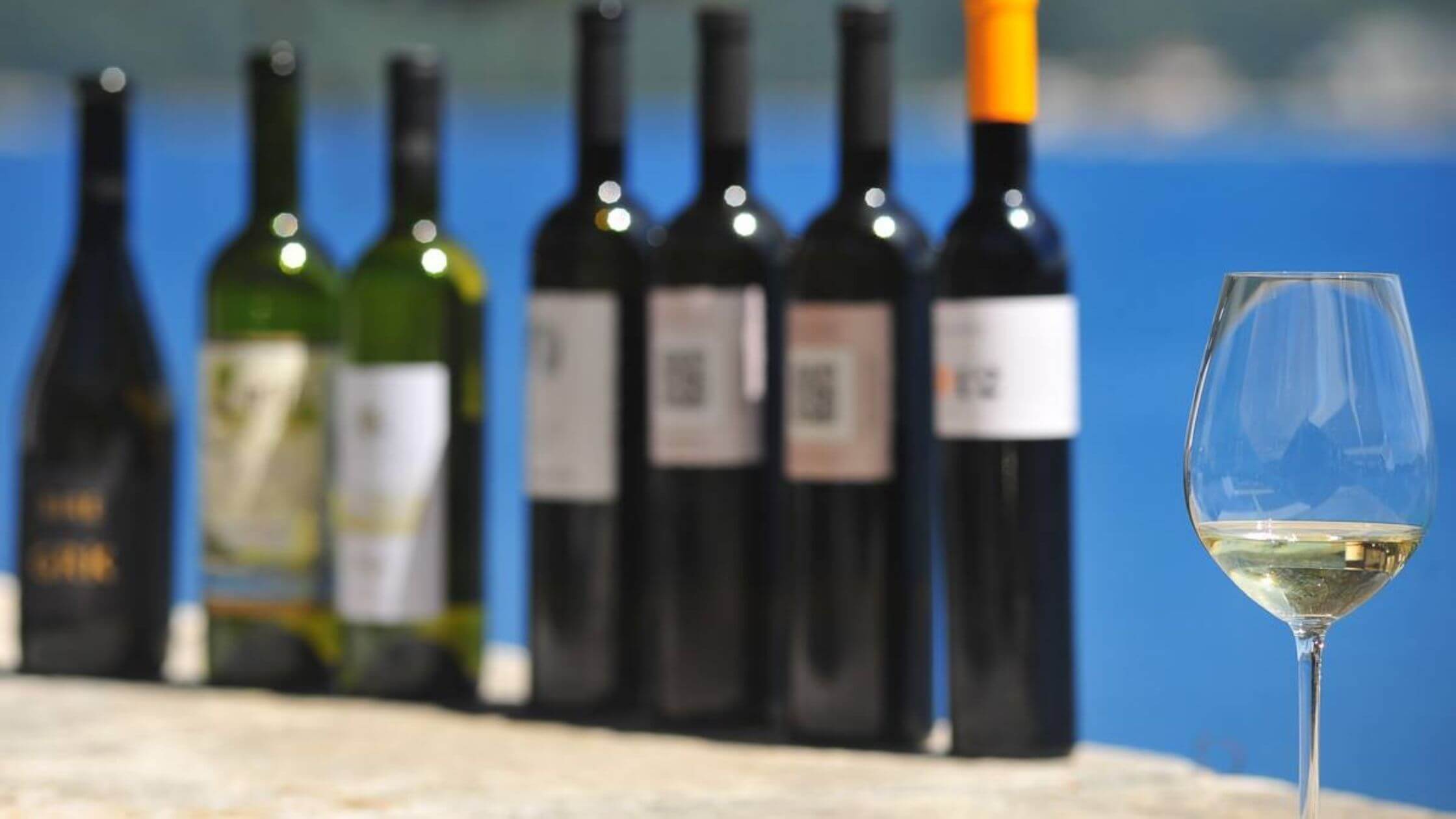
The small island of Korčula produces some of the most well-known white wines in Croatia. (Image: Visit Korčula/Facebook screenshot)
Debit is a fresh, sharp wine with herbal notes and a minerally profile, with some describing the wine to carry hints of limestone and oyster brine. With age, the aromas develop toasty notes like roasted nuts, candied lemons, and browned butter. This wine pairs well with mild seafood, or ingredients like ginger and coconut.
Red wines of Dalmatia
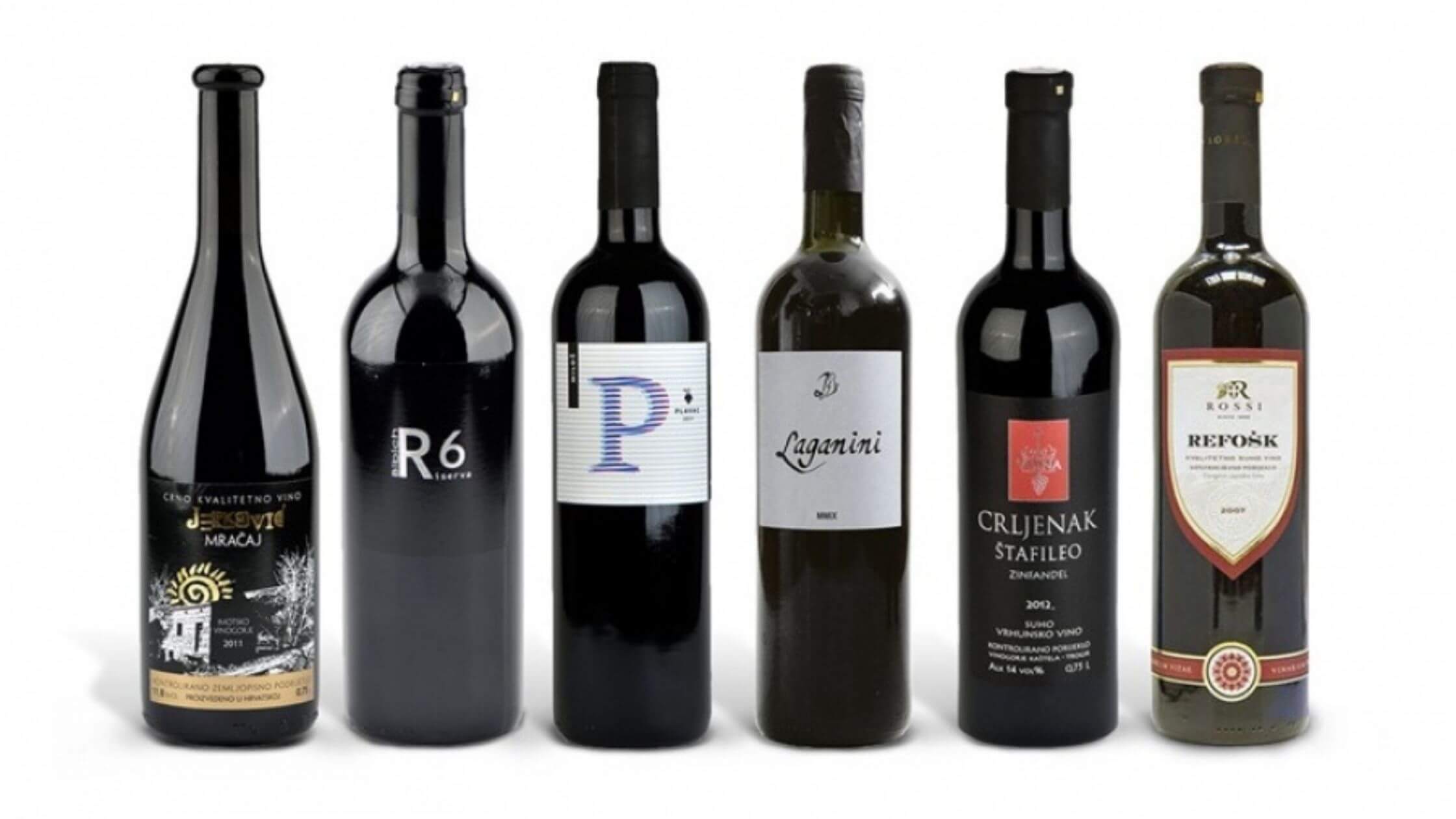
Croatia also produces delicious full-bodied red wines. (Image: Total Croatia Wines/Screenshot)
Babić – Babić grapes are characterized by their blue-red color, with the best quality wine (vrhunsko vino) coming from Primošten vineyards. These grapes are notoriously difficult to grow, with vines often needing a decade or more to reach their full potential, compared to other varieties that may reach that point after 6-7 years.
Upon maturity, vines tend to produce only 3-4 bunches of grapes each harvest due to the harsh soil conditions and intense sun. This leads to more concentrated flavors, imparting bold flavors to the wines.
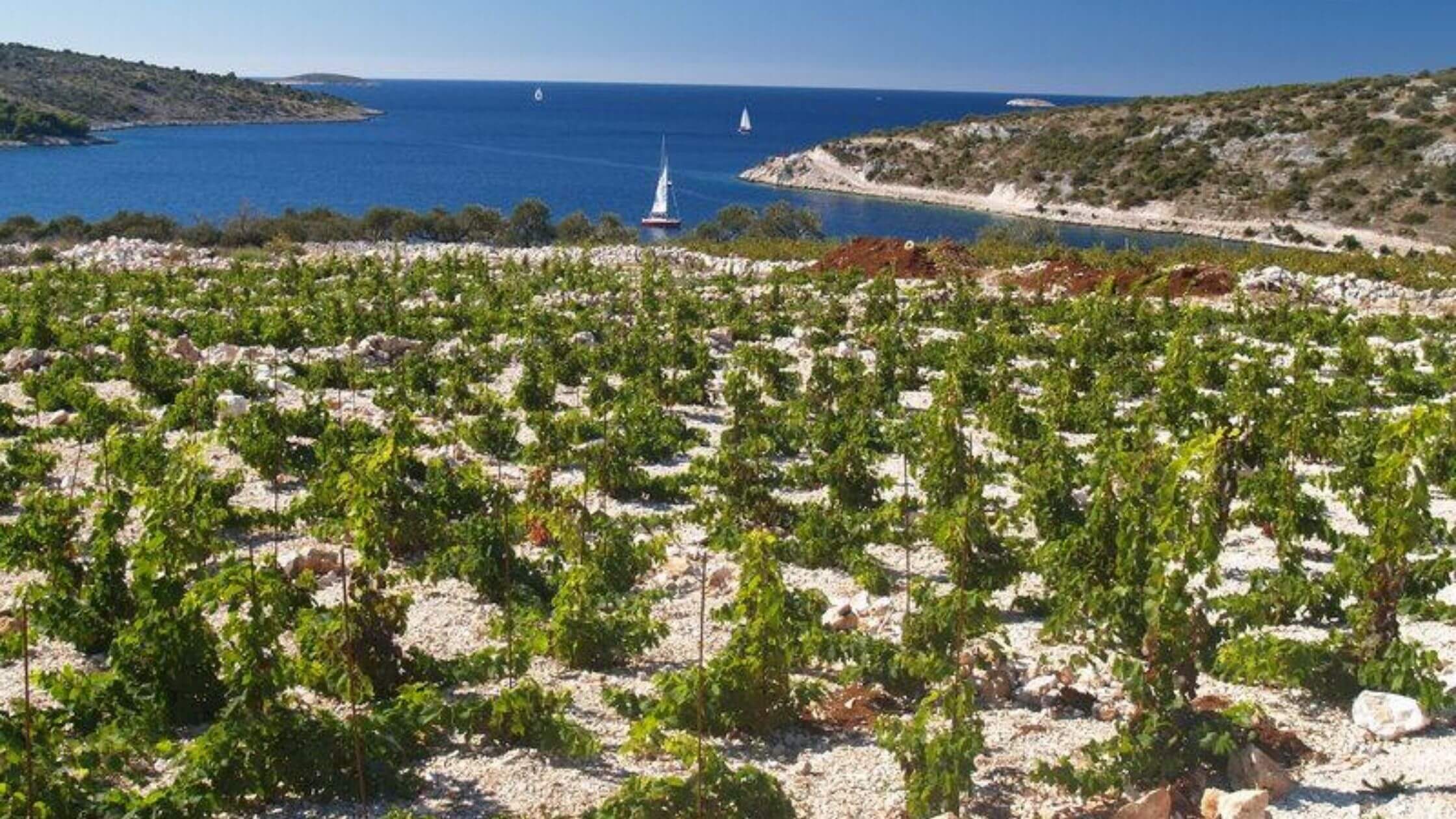
A Primošten vineyard overlooking the Adriatic. (Image: Njuškalo/Screenshot)
Babić wines are dark cherry red in appearance and full-bodied due to their firm tannins. The most common flavors in these wines are sour cherries, plums, and figs. This wine pairs especially well with hearty tomato-based dishes such as goulash or a rich ragu sauce. It also makes a delicious accompaniment to a hearty steak or pork tenderloin.
Plavac Mali – Plavac Mali or “small blue” in English, gets its name from the appearance of the grapes. It is also the most important and protected Croatian red wine variety, so much so that in 2021, experts from the wine industry dedicated a day to celebrate International Plavac Mali Day.
Like Babić, Plavac Mali has low grape yields which lead to concentrated, rich wines with deep burgundy colors. The “fiery” wine is typically dry, higher in both alcohol (12-17%) and tannins, making it slightly bitter, but with mild acidity. It is also full of ripe fruity flavor with notes of blackberry, cherry, smoke, and spice.
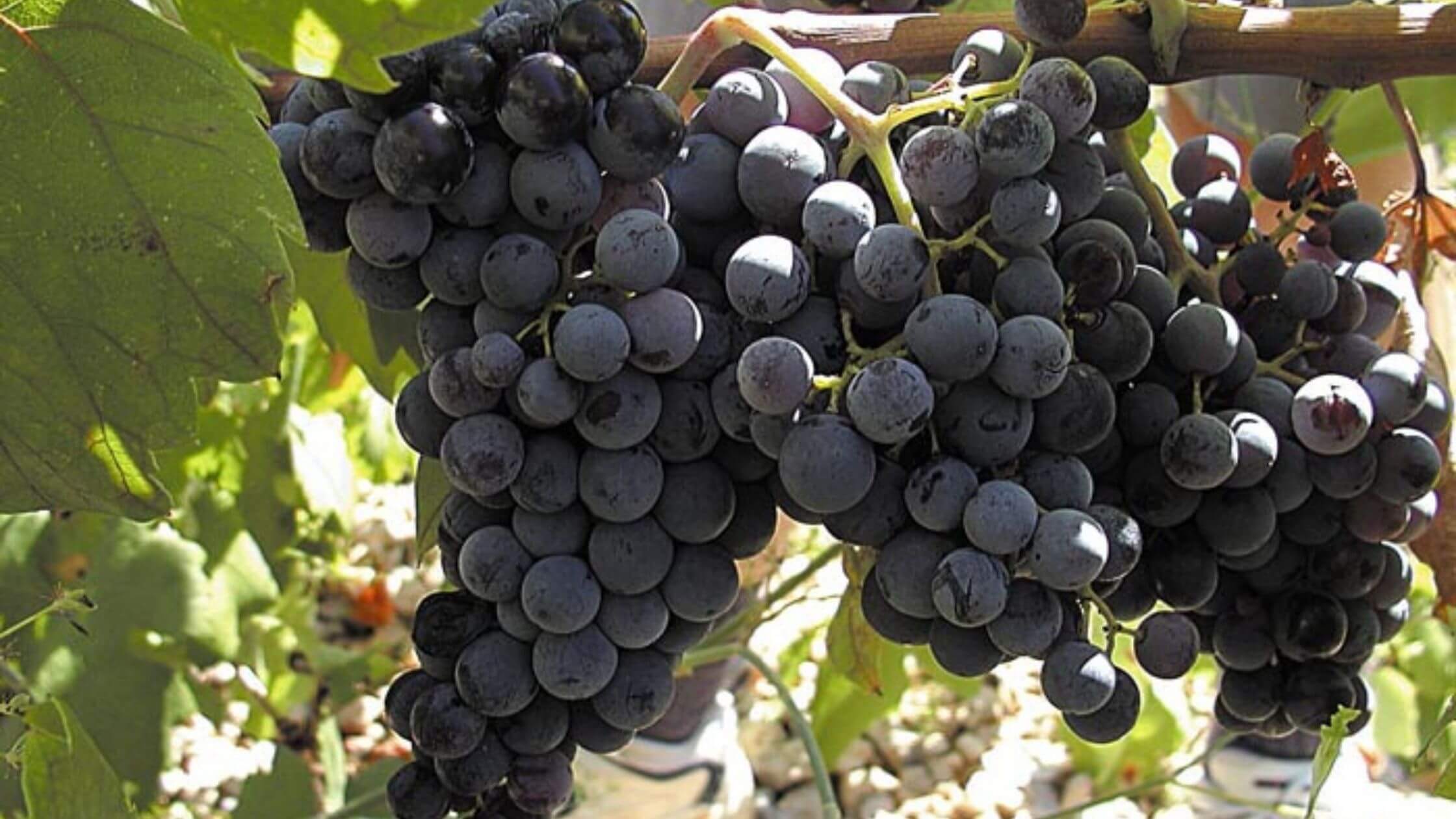
The Plavac Mali grape. (Image: Goran Zdunić/Vinopedia.hr)
This wine pairs well with aged cheese, red meat, and hearty dishes like oxtail stew. A bottle of Plavac Mali would not be out of place at a family BBQ, weddings, or the most luxurious Michelin-starred restaurants in Croatia.
Zinfandel – While Zinfandel is largely known internally as a Californian wine, it was confirmed by researchers in 2002 that its roots are proudly Croatian. Records from the 15th century reflect winemaking from Tribidrag grapes, the variety used to make Zinfandel, on the Dalmatian islands of Hvar and Vis.
Prior to Plavac Mali, Tribidrag grapes were the most abundant red-wine grape in Dalmatia partly due to its tendency to ripen earlier than other varieties. Unfortunately, in the late 19th century, Tribidrag grapes faced extinction due to disease and mildew. An initiative to revitalize Tribidrag production came about in 2001, elevating Zinfandel’s Croatian identity over the next decade.
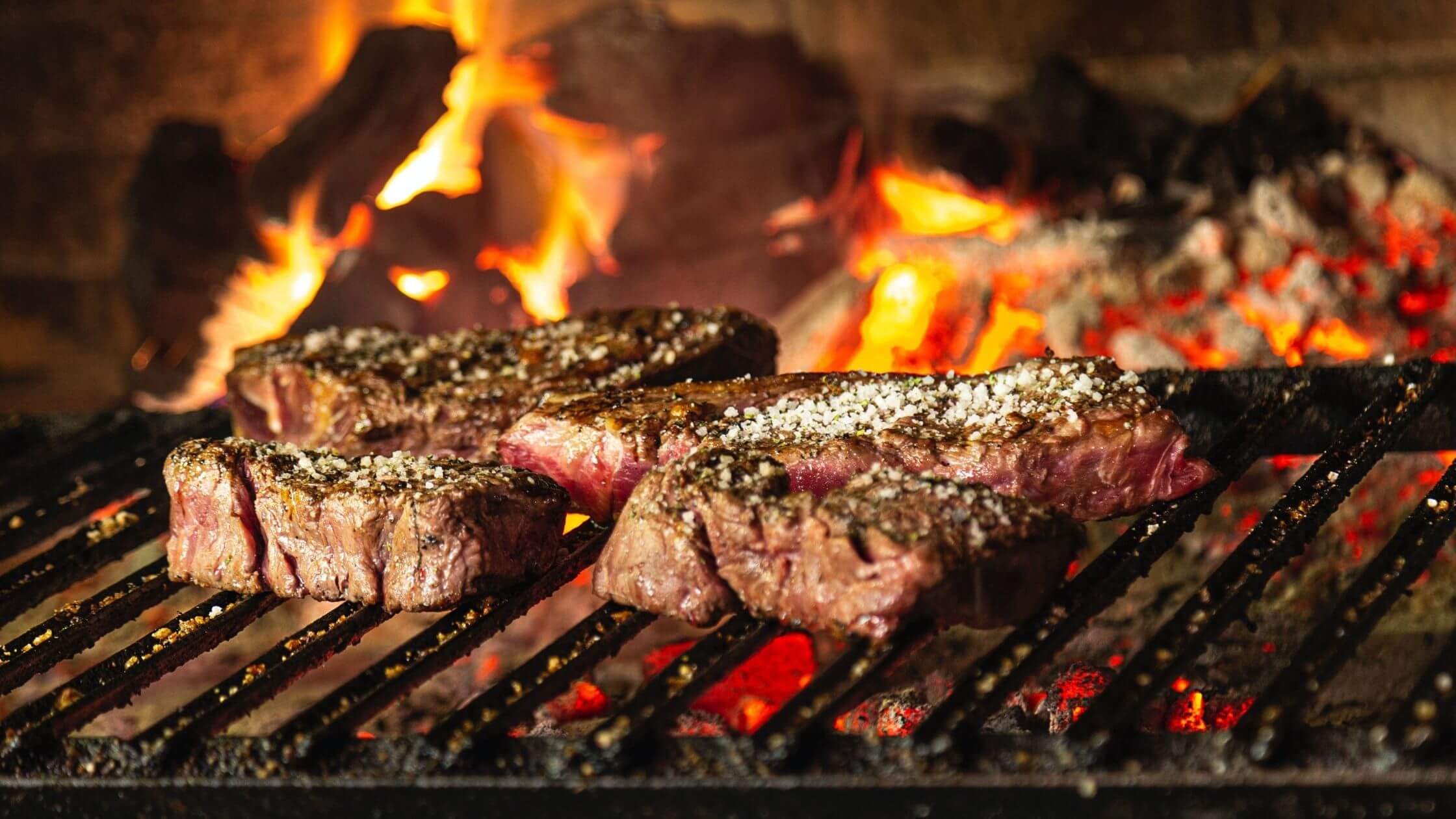
Croatian red wines tend to pair well with red meats and hearty tomato-based dishes. (Image: Pexels)
Zinfandel wine is a luscious red, with lower tannins than Plavac Mali. It usually carries notes of berries and spices, best paired with cured meats, red meats, and oily fish dishes like tuna.
Croatian wine and grapes are among the best in the world, and you can find more information about them in Total Croatia’s Guide to Croatian Wine HERE.
For more on lifestyle, follow TCN’s dedicated page.











